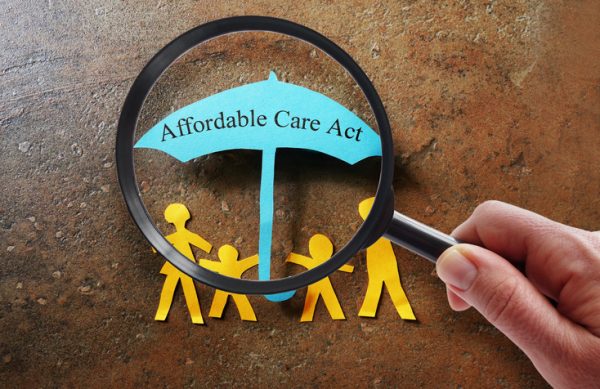
With the presidency, Senate and House all under the control of the Democrats, the Affordable Care Act is in the safest position it’s been in about a decade. The healthcare law is not likely to see any major challenge in the coming four years — rather, it will be fortified.
“I think we are going to see a lot of actions to restore the ACA to how it looked under the Obama administration, and possibly even go farther,” said Cynthia Cox, vice president at the Kaiser Family Foundation and director for the Program on the ACA, in a phone interview. The Program on the ACA tracks and analyzes key aspects of the healthcare law.
She believes that the Biden administration will focus on tweaking the ACA and such changes would fall into the following four buckets:
1. Addressing deductibles
Democrats may peg subsidies to gold plans rather than to silver plans. Essentially that would make it easier for people to afford a lower deductible plan, Cox said. These plans are similar to employer-based coverage, as opposed to the high-deductible, catastrophic coverage some people are currently getting on the exchanges.
2. Increasing subsidies for those who are eligible
Another likely step Democrats will take is increasing subsidies available for those who are eligible — those who make between one and four times the poverty level, Cox said. For example, someone who is making three to four times the poverty level would have to pay 10% of their income on a silver plan under the current law. Changes could include lowering the premium payments so those individuals would only have to pay 8% of their income but on a gold plan, which provides more benefits.
3. Widening access to people who aren’t eligible for subsidies
There are people at both ends of the income spectrum who are not eligible for subsidies. There are the people who live below the poverty line and also live in states that didn’t expand Medicaid, and there are the people who live at above 400% of the poverty level, Cox said.
To help the former group, Biden’s administration may expand the amount of subsidies available on the exchange.
For the latter group, which has a higher income level, the administration may consider raising the subsidy eligibility cutoff, as the group is comprised of upper middle-income people who currently don’t get any assistance under the ACA.
“This is the group of people that has gotten a lot of attention when it comes to criticizing the ACA because these are people who may be small business owners or self-employed people who just don’t have any affordable option under the ACA,” Cox said. “They would become newly eligible for subsidies.”
4. Expanding access to people who have unaffordable employer coverage
The Biden administration will be looking to fix the so-called “family glitch,” Cox said. This glitch affects people who under the law technically have an option for coverage, but it’s through their spouse’s employer. This option may not end up being very affordable if getting on to their spouse’s health plan is a costly endeavor.
One step the Biden administration may take to fix the glitch is to remove the firewall between employer coverage and the exchange. Essentially, this would allow people who have employer coverage to switch to coverage via the exchange if they are getting a better deal, Cox said.
The administration could also consider changing the way affordability is calculated to fix the glitch.
Beyond the ACA, the Biden administration might look into expanding the Medicare eligibility age or exploring a public option. But these ideas do not have enough buy-in among centrist Democrats, and so it is unlikely there will be any actual action on either one, Cox said.
Photo: zimmytws, Getty Images















